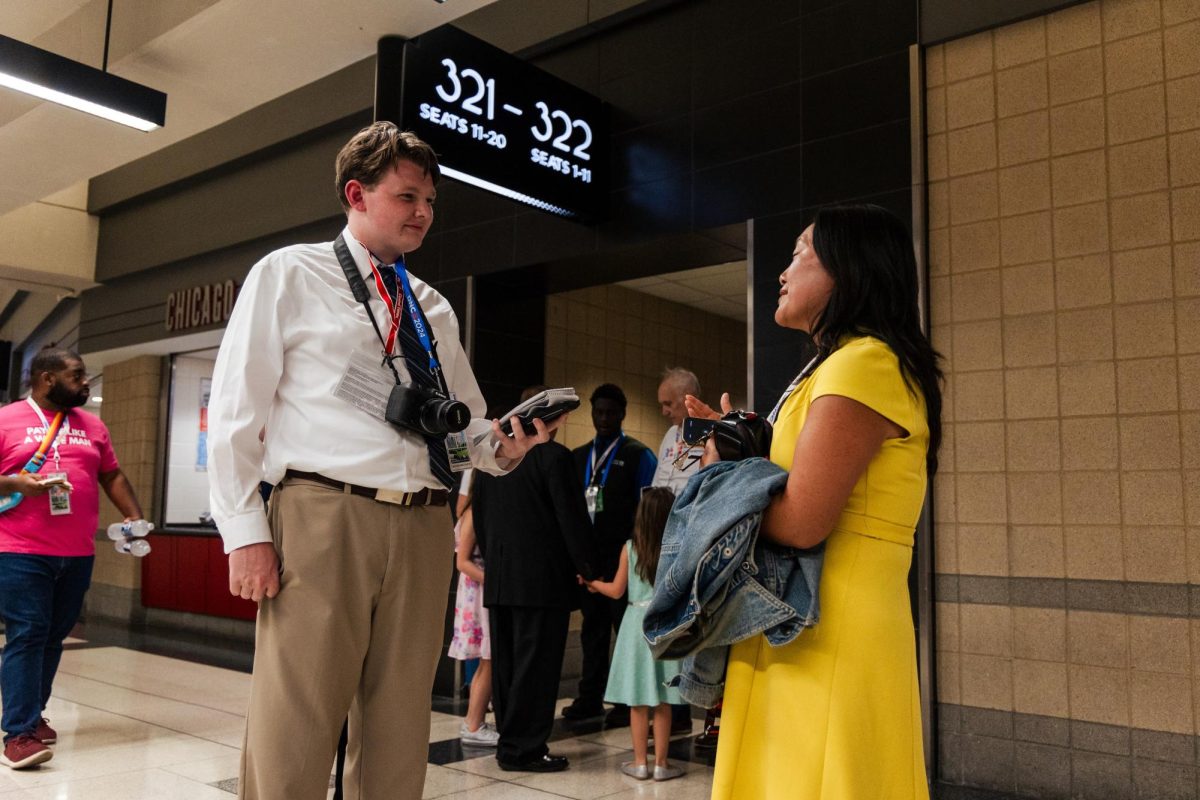Column: Let’s say goodbye to the damsel in distress
January 6, 2020
I grew up with Disney princesses. My favorites were Belle, Ariel and Mulan. I used cardboard cutouts to play pretend. In elementary school, I wore a dress with the Little Mermaid for my passport photo.
I thought little of the movie’s plots and certainly didn’t challenge them. Now, the movies have become increasingly accessible with the rise of Disney Plus. But as I grew older, I realized that some were weird at best, and at worst, oppressive.
Take Snow White and Sleeping Beauty; naivety is their primary personality trait. Some may argue that they are kind, and I will concede that it appears this way- though when you consider it in full, neither have much human interaction or are faced with a situation in which it is challenging to choose kindness.
In fact, at the climax of the plots – when Snow White bites the poisoned apple and Sleeping Beauty pricks her finger on the poisoned spinning wheel – it is evident that both are easily tricked and have poor judgment.
And though the movies are titled “Snow White” and “Sleeping Beauty,” the princesses aren’t even the heroes of their own stories. The spells that both are cast under are only defeated by “true love,” though it is actually not that true: Prince Phillip and Snow White’s prince fancy the princesses because they are pretty and sing well, with little understanding and portrayal of their actual personalities. The lack of consent is concerning as well. In “Snow White,” there are few signs that Snow White even knows the Prince, and he kisses her because he is sad about her death. (The Prince thinks Snow White is dead. The Prince is willingly kissing what he thinks is a corpse.)
Cinderella, one of Disney’s most notable princesses, is no exception to idealizing a woman’s weakness.
At first glance, it seems that Cinderella is independent: she is hardworking and strong despite her stepmother’s and stepsisters’ emotional abuse.
Yet the concept and Cinderella’s future reveals otherwise. Author Colette Dowling was the first to describe the Cinderella complex: though a woman may appear independent, she needs or desires an external force to effectively change her conditions. In Cinderella’s case, it is not her grit or perseverance that pulls her from poverty but a marriage to a prince.
These flaws aren’t confined to the movie’s plot. Girls across the country have grown up watching Disney. It suggests that the female “heroine” is not so much of a heroine as she is naive, complacent, and in need of rescue. And Cinderella’s message is far more dangerous because it’s delivered under the guise of independence.
The portrayal of women across media has consistently reinforced unacceptable gender norms. In 2011, documentary “Miss Representation” connected the impact of female representation in media to female representation (or the lack thereof) in politics. The issue evidently extends beyond Disney’s reach.
But what Disney can change is critical.
Princesses are often girls’ first role models. Children mimic their heroes or heroines, and when princesses are primarily naive, pretty and passive, girls strive to adopt these traits too.
Here’s the issue: an ideal leader is often charismatic, experienced, and assertive. When we romanticize Disney princesses, we drive girls away from developing leadership skills. Compare Superman and Cinderella – each a popular character associated with kids of a certain gender.
There’s a significant difference: it shouldn’t be a boy’s mission to save and a girl’s mission to be saved. Disney has the potential to create, not just reinforce, ideas of gender roles. So don’t let the princess sleep through the conflict, waiting for the prince.
Give her strength, and power (perhaps the ability to control ice).
Let the princess – and the girl watching – be the heroine.







